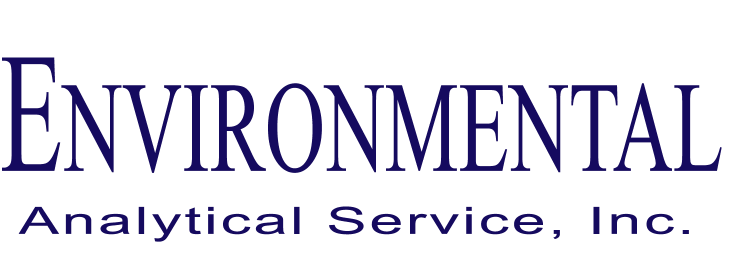
Summary of Indoor Air Pollutants
The following table of the different types of air pollutants that can be found in homes and the source of those pollutants. There are tests for all of these compounds but it is not necessary to do all of the testing in your home unless there is a reason to suspect that you might have a problem.
|
Compounds |
Source |
Comment |
|
Volatile Organic Compounds (VOC's) |
VOC's are chemicals that are present in your home, they can come from cleaning products, perfumes, cosmetics, paints, glues, stored gasoline or solvents. |
Samples are collected in a canister and analyzed by GC/MS for VOC's from the sources indicated. |
| Mold Volatile Organic Compounds (MVOC) | MVOC's are volatile organic compounds that are produced by actively growing mold. You can have mold that is not actively growing and will not produce MVOC's. These compounds will show up ont the VOC report. | The MVOC test can provide an indication of a potential mokd problem. Elevated mold in the home or iffice is often the result of water damage. If there is an indication of a potential mold problem contact a local mold inspector to check for moisture |
|
Formaldehyde |
Formaldehyde comes from glues used in the production of certain types of paneling, laminated flooring or cabinets. It is also present in nail polish, aome paints and coatings., It is also produced by cigarettes. |
Formaldehyde is very common indoors and should be under 50 ppbv. Mobile homes, manufactured homes, and recently remodeled homes are more likely to contain high levels of formaldehyde. Older homes will typically have less formaldehyde because it has already outgassed over time. |
| Carbon Dioxide | Carbon Dioxide is produced by human respiration. High carbon dioxide levels are often associated with the sick building syndrome. | The Carbon Dioxide levels are good indicator of the air exchange rate of the building. The outdoor levels or carbon dioxide are about 400 ppmv. |
|
Carbon Monoxide |
Carbon monoxide is a very dangerous gas that comes from incomplete combustion. Sources include unvented gas or kerosene space heaters, unvented or partially blocked vents on gas appliances, exhaust from attached garages. |
Your home should be protected by purchasing a carbon monoxide detector (if it does not already have one) at a local hardware store and installing it according to the instructions. |
| Pesticides | The source of pesticides is through the application proces if they were improperly applied. | Unless you suspect that there was a problem with a pesticide application they do not need to be measured. |
| Radon | Radon is a natural radioactive gas that comes mostly from rock, soil, or building materials that contain these compounds. It moves up through the soil into the home through cracks in foundation. EPA recommends that all homes be tested for Radon. | Radon test kits are inexpensive and are readily available at local hardware stores or online. A Radon tEst should be done at least once. |
| Mold | Molds are living things that produce spores that can become suspended in air. Most is present everywhere and grows on damp surfaces and in locations with high humidity. Mold is growth can also be associated with small water leaks in walls or cabinets. Mold can grow inside walls where it is not visible. | Molds are present in all homes at some level. Elevated mold in the home is often the result of water leaks or water damage. If you are concerned about a mold problem, contact a local mold inspector. They can come out and use a moisture meter to check for moisture and take air samples in the home and interior walls to check and identify mold if necessary. |